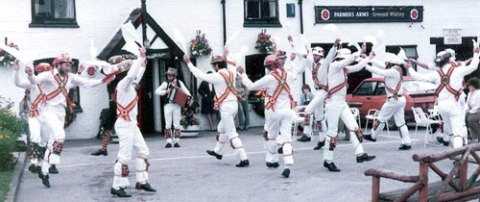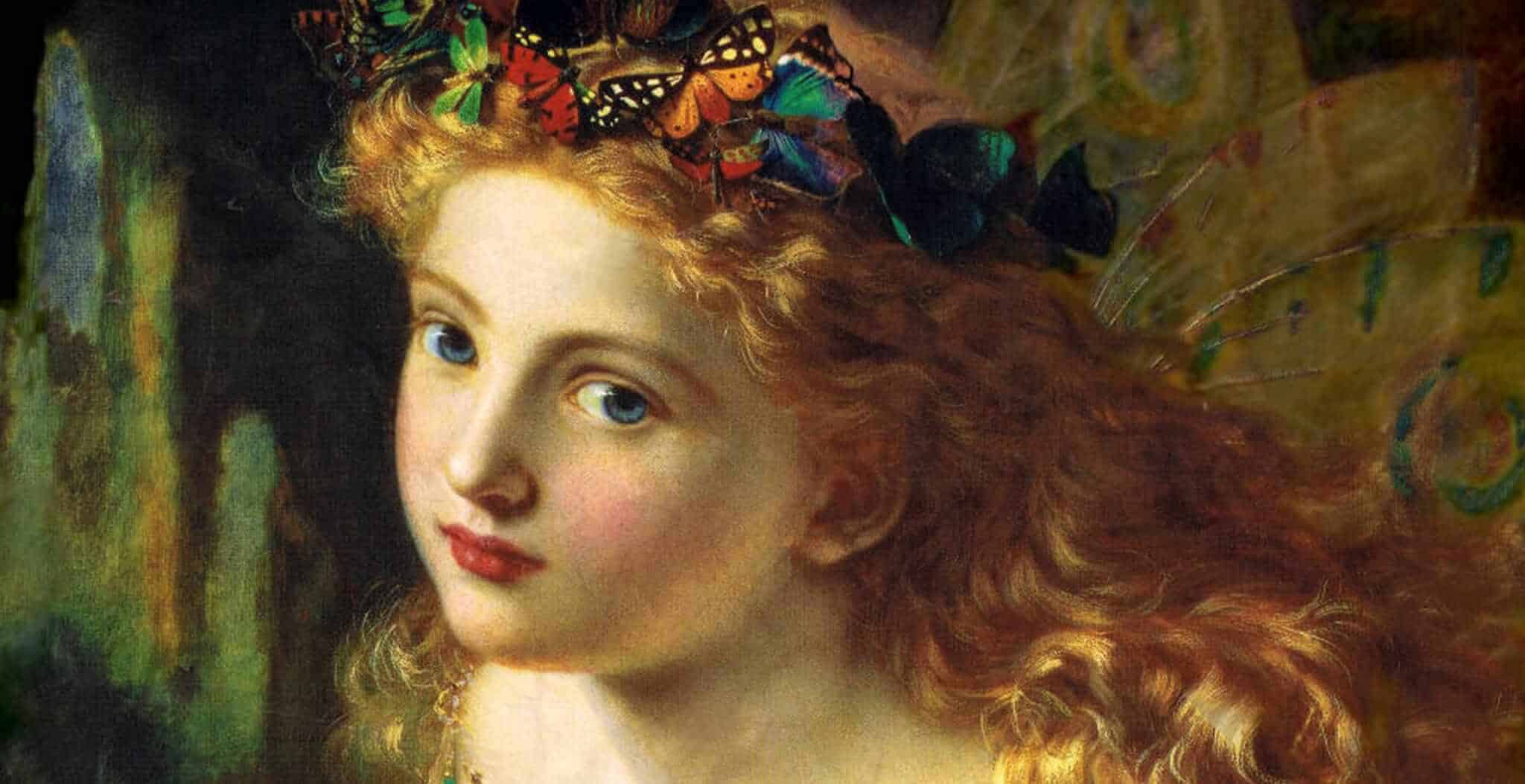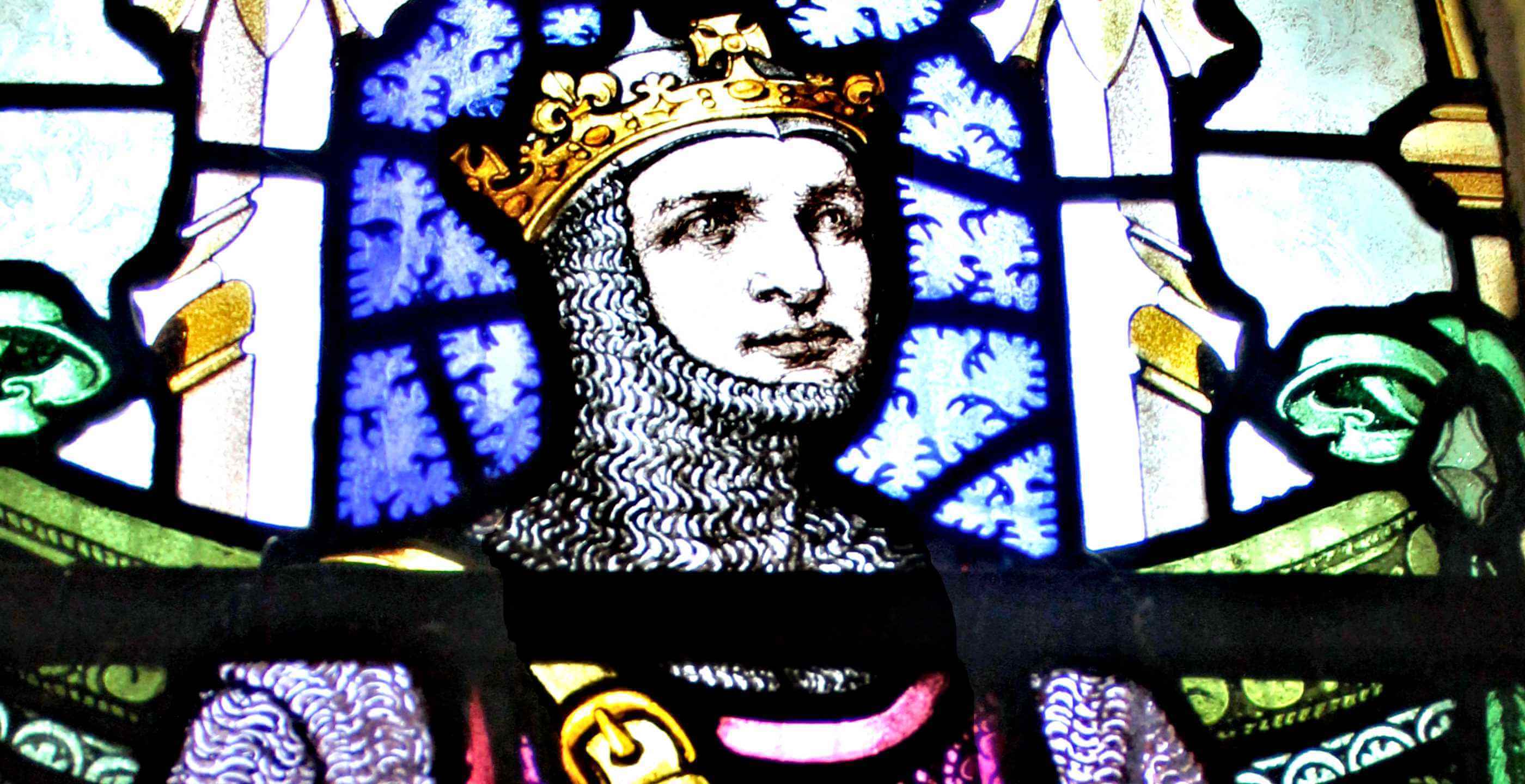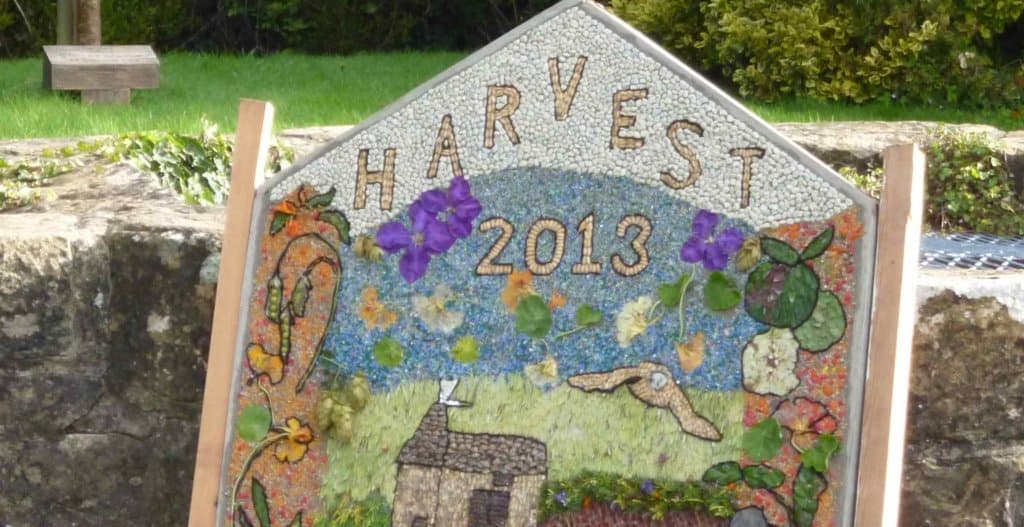Readers should always check with local Tourist Information Centres (TIC’s) that events or festivals are actually taking place before setting out to attend.
Permanent dates in June
| 9th June | St Columba’s Day | Scottish Highlands | Columcille, or Columba was born in Ireland in early December 521, into the royal clan in Donegal. His name means “dove of the church.” According to legend, after being condemned by a Synod, Columcille left Ireland to take the word of God to foreign parts. In 563 he landed on the holy Isle of Iona in northwest Scotland with twelve companions. Together they set up a monastery and so began the evangelization of Scotland and northern England. Columba was an Irish prince as well as a monk, and many of his people, the Scots of Del Riata in Ulster, followed him and settled in Alba (Scotland). Columba carried the gospel to the native Picts. He died on Iona on 9th June 597. |
| Summer Solstice | Druid Ceremony | Parliament Hill Fields, London | The Summer Solstice (21st June) is the day that the sun climbs to its highest point in the sky. This was originally the day on which people celebrated midsummer. |
| Summer Solstice | Druid Ceremony | Stonehenge, Wiltshire | On the night before midsummer, a group of white-robed Druids gather to watch the sun rising. As it does, it rises exactly over the Heel Stone, one of the stones that lie outside the main circle at Stonehenge. |
| 24thJune | The feast of St John the Baptist | With the coming of Christianity, many pagan midsummer celebrations were moved to the feast of St John the Baptist. People would light fires on midsummer eve and stay up until midnight to welcome in midsummer day. Midsummer was a time of magic and mystery. Evil spirits were said to appear, and people gathered herbs and flowers to protect themselves. One of the most powerful plants was known as ‘chase-devil’, now called St John’s Wort. People used it in potions, and wove the flowers into garlands, believing this would shield them from evil spirits. Herbalists use St John’s Wort in their medicines today. | |
| 15thJune | Knolly’s Rose Ceremony | Mansion House, London | Dating back to 1346, this tradition involves the presentation of a single rose to the Lord Mayor. The rose representing the ‘fine’ imposed on Sir Robert Knollys for building a footbridge over Seething Lane without official consent. |
| 28thJune | Rush Strewing | Barrowden, Leicestershire | The ceremony recreates the practice of placing clean rushes on the earthen floor of churches prior to the practice of flagging the floors. Floors of churches were left as dirt, being handy places for burials. The ceremonies which evolved are still observed in a few churches and normally take place on the day of the patron saint of the church. No two churches practice exactly the same ceremonies.
At Barrowden reeds are gathered in the church meadow on the eve of St Peter’s Day and placed on the church floor. |
| 29thJune | Rush Bearing | Warcop, Cumbria | A procession of children bearing rushes leaves the village reading room and makes its way to the church of St Columba. |

With kind permission – the Morris Ring
Flexible dates in June
| Various dates in June, checkout the details of these events at the Morris Ring website | Morris Dancing | Abbots Bromley, Abingdon, Canterbury, Harrogate, Leyland, Saddleworth, Wensleydale, Winchester, etc. | Regarded as an ancient tradition even in the reign of Elizabeth I, these ‘madde men’ with their ‘Devils dance’ were banned by the Puritans following the Civil War. |
| During the month | Well Dressing | At various locations in Derbyshire including;
Bakewell, Buxton, Chelmorton, Hope, Litton, Rowsley, Tideswell and Youlgreave. |
Well dressing involves the decoration of springs and wells with pictures made from living plants and flowers. |
| Thursday before the 2ndWednesday | Appleby Horse Fair | Appleby-in-Westmorland, Cumbria | The best known of the Gypsy Horse Fairs, where traveller families meet up to celebrate their history, music, folklore and family relationships, and most importantly to trade and barter in livestock.
The fair was first established in 1685 under the protection of a charter granted by King James II. An autumn fair at Brough, also in Cumbria, dates back even further, with a charter from 1330. These two fairs are the largest and most popular in northern England. |
| Various dates | Beltane Festival | Peebles, Scottish Borders | This festival marked the return of summer with the lighting of fires; where people could burn their winter bedding and floor coverings, ready to replace them with new. An ancient Celtic ceremony, it has been celebrated throughout Europe for thousands of years. Originally held on 1st May, it is recorded that King James I witnessed this festival for himself in the 15th century. In more recent years the original festival has been combined with the Riding of the Marches and now occurs during the third week of June. The festivities last from the Sunday to Saturday, culminating with the crowning of the Beltane Queen. |
| Second Saturday of the month | Trooping the Colour | Horse Guards Parade, London | The official birthday of the Sovereign is marked each year by a colourful and historic military parade, known as Trooping the Colour.
The five Regiments of Grenadier,Coldstream, Scots, Irish and Welsh Guards take their turn each year to troop (carry along the ranks) their colours (flags). The origin of the ceremony dates back to the early 18th century, when the colours (or flags) of the battalion, served as rallying points in battle. The colours being carried (or ‘trooped’) slowly down the ranks so that they could be seen and recognised by the soldiers. In 1748 it was decided that the parade would also mark the official birthday of the Sovereign, thus making it an annual event. |
| Saturday nearest 19th of the month | Election of the Mayor of Ock Street | Abingdon, Oxfordshire | This custom dates from 1700 when it was custom to roast an ox and distribute the meat to the poor of the town. A fight is said to have broken out between the men from the opposite sides of Ock Street as to who should have the horns. The battle was won by one of the towns Morris Men and he was proclaimed Mayor of Ock Street.
Today these celebrations involve much Morris dancing and around 16.00hrs a new Mayor of Ock Street is elected. He is then carried shoulder high to all the pubs in the street. |
| Thursday beforethe 29th of the month (St Peter’s Day) | Cakes and Ale Ceremony | Bury St Edmunds, Suffolk | Jankyn Smith a benefactor of the town, who died in 1481, is remembered at St. Mary’s Church, cakes and ale are dispensed after the special service. |
| First Sunday after the 29th of the month | Hay Strewing | Wingrave, Buckinghamshire | Records of this custom go back to 1798, when a small piece of land was “left for the purpose of furnishing rushes for the church on Feast Sunday”. From the 1830’s, hay was being used to strew or cover the church floor rather than rushes. |
We have taken great care in recording and detailing the festivals, customs and celebrations presented in our Folklore Year calendar, if however you consider that we have omitted any significant local event, we would be delighted to hear from you.
Related Links:The Folklore Year – January |





